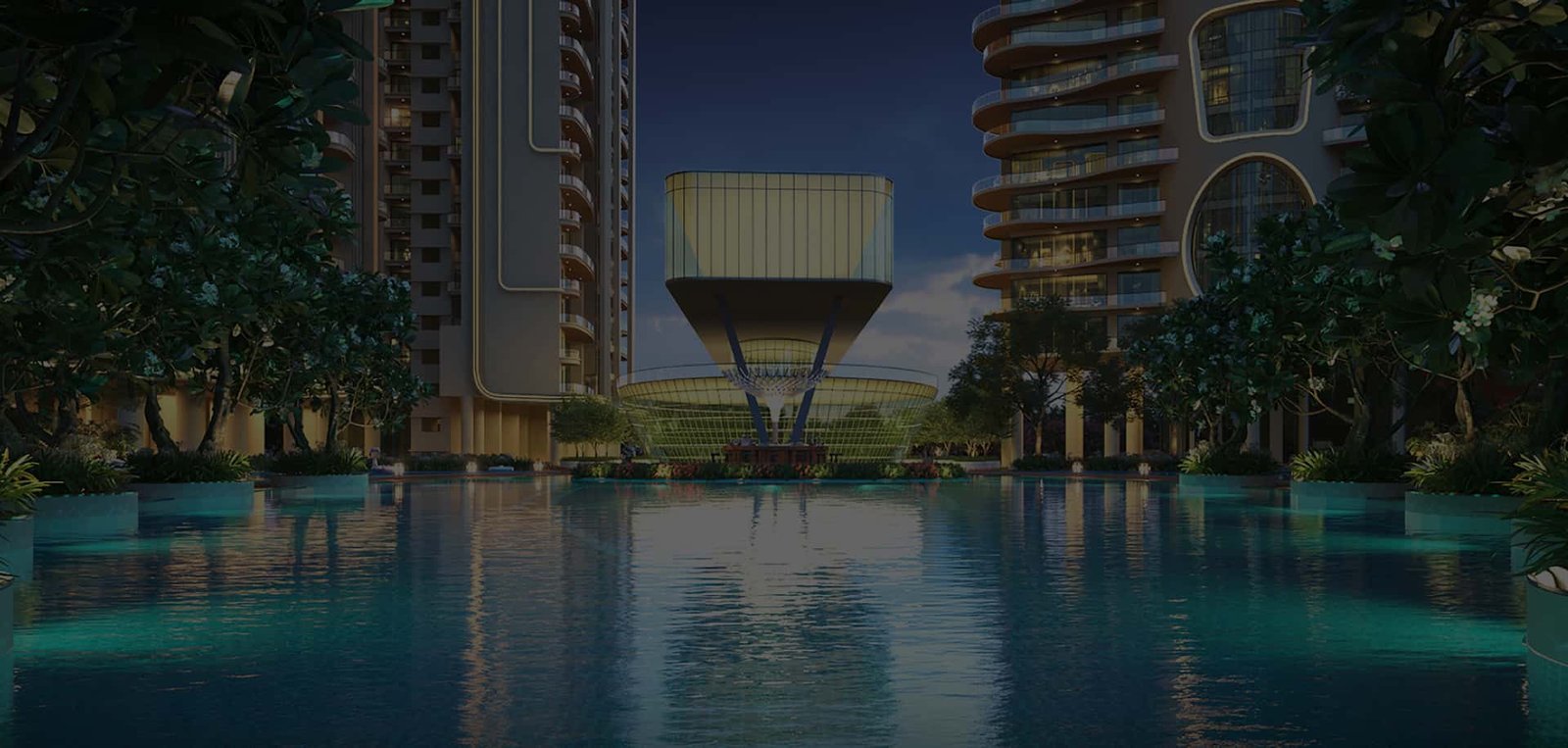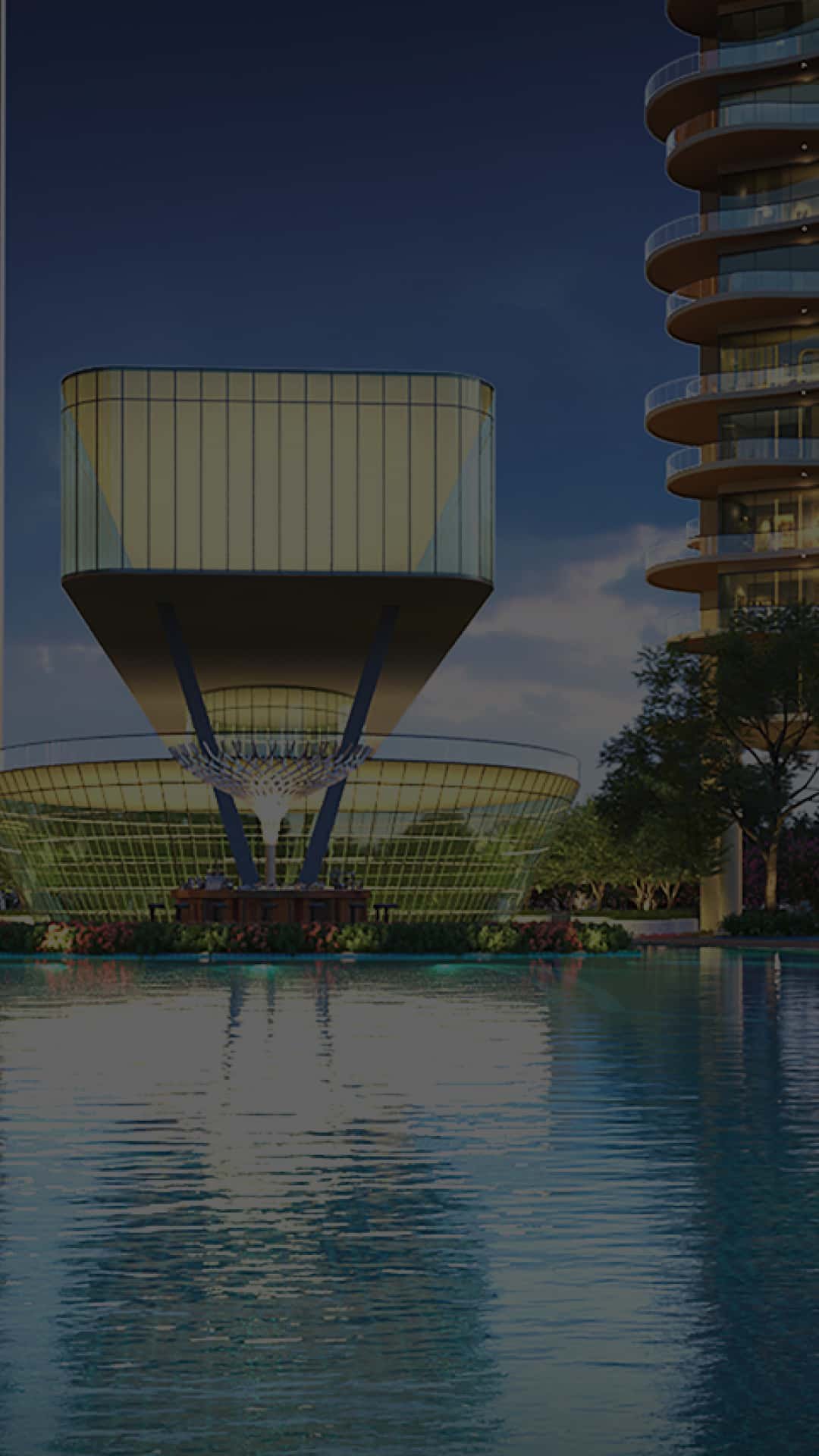What is the break-up of the price of a house?
Flat Cost: It is the cost you pay to the developer against the purchase of flat. It includes two major components; cost of construction and cost of land.
Preferred Location Charges (PLC): PLC is levied on all units which have some advantage over others. For instance, a unit in the corner or one that is facing the park costs higher than the others.
Parking: Customers and avail extra parking on basis of availability with the Developer on extra charges as applied by the Developer. According to RERA developers cannot charge for open parking spaces.
Maintenance deposits and monthly charges: Housing societies offer various amenities and charge a maintenance fee for the upkeep of the same.
Stamp duty & registration charges: In order to have legal ownership of a property, you need to get it registered in the registrar’s office. For this purpose, Stamp Duty and Registration Fee have to be paid to the government; it varies from one state to another.
GST:
| Affordable Residential Apartment | 1% |
|---|---|
| Other than Affordable Residential Apartment | 5% |
| Commercial apartments (shops, GOD-DOWNS & offices ) | 15% |
What Amount Am I Required to Pay While Booking The House?
If you are booking the house before the construction begins, you only need to pay the booking amount. If it is under construction property then you need to pay the cumulative amount specified in the payment plan till the current status of construction. (For ex. If your payment plan specifies 10% booking amount, 10% on completion of the plinth and 10% on construction of the first slab, then you need to pay total 30% while booking if the first slab is already completed.)
- Quality in Design – Name and brand of structural consultant and the architect.
- Quality in Procurement - Category of vendors from which we procure construction. materials like tiles, wood, cement, etc., brands of materials used like paints, adhesives, tiles etc.
- Quality of the construction contractor.
- Quality in Execution - Quality checks are done on the construction materials,
- Tests and audits done from third parties to maintain quality standards
- WHAT ARE DIFFERENT CONSTRUCTION TECHNOLOGIES AND HOW DO THEY AFFECT QUALITY?
| Sr.No. | Technology | Details | Advantages | Disadvantages |
|---|---|---|---|---|
| 1. | Conventional Techniques | In-situ method or wet construction method, in the conventional formwork, standard framed panels are ?ed together over their backs with wailings, which are essentially horizontal members. | Bricks remain cooler as compared to concrete, modifications later are easy to be implemented. | Wall forms are prone to edge and corner damages, increased pressures by wet concrete can lead to a leak of grout and hence, a bad finish to the wall. |
| 2. | Aluminium Form Technology | Commonly known as “MIVAN” is a popular type of aluminium formwork technology. The formwork and floor slab structures provide a structural system in one continuous pour. Using this technology, large room sized walls and floor slabs are erected at the site. | Concrete shapes constructed with the utmost consistency, accuracy, and high quality. Highly durable structures produced. | Making modifications is not easy. |
| 3. | Tunnel Form Technology | In this technology, a stable structure is put up on a 24-hour cycle basis. The tunnel form technique is commonly used for multi-storied buildings as it re | A sturdy and durable structure formed. | Making modifications is not easy. |
| 4. | Prefabrication | It is the practice of assembling components of a structure not at the place of the actual project, but at a factory. Then, the entire assembly or sub-assembly is transported to the construction site and assembling it with the main structure. | Indoor fabrication can reduce the impacts of severe weather. Reduces inaccuracy in construction. |



